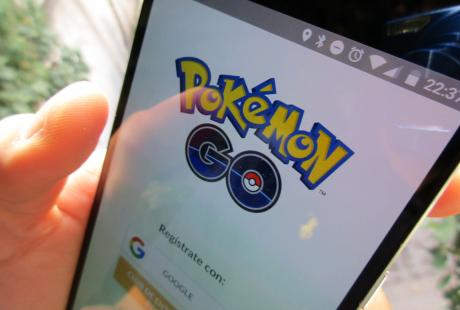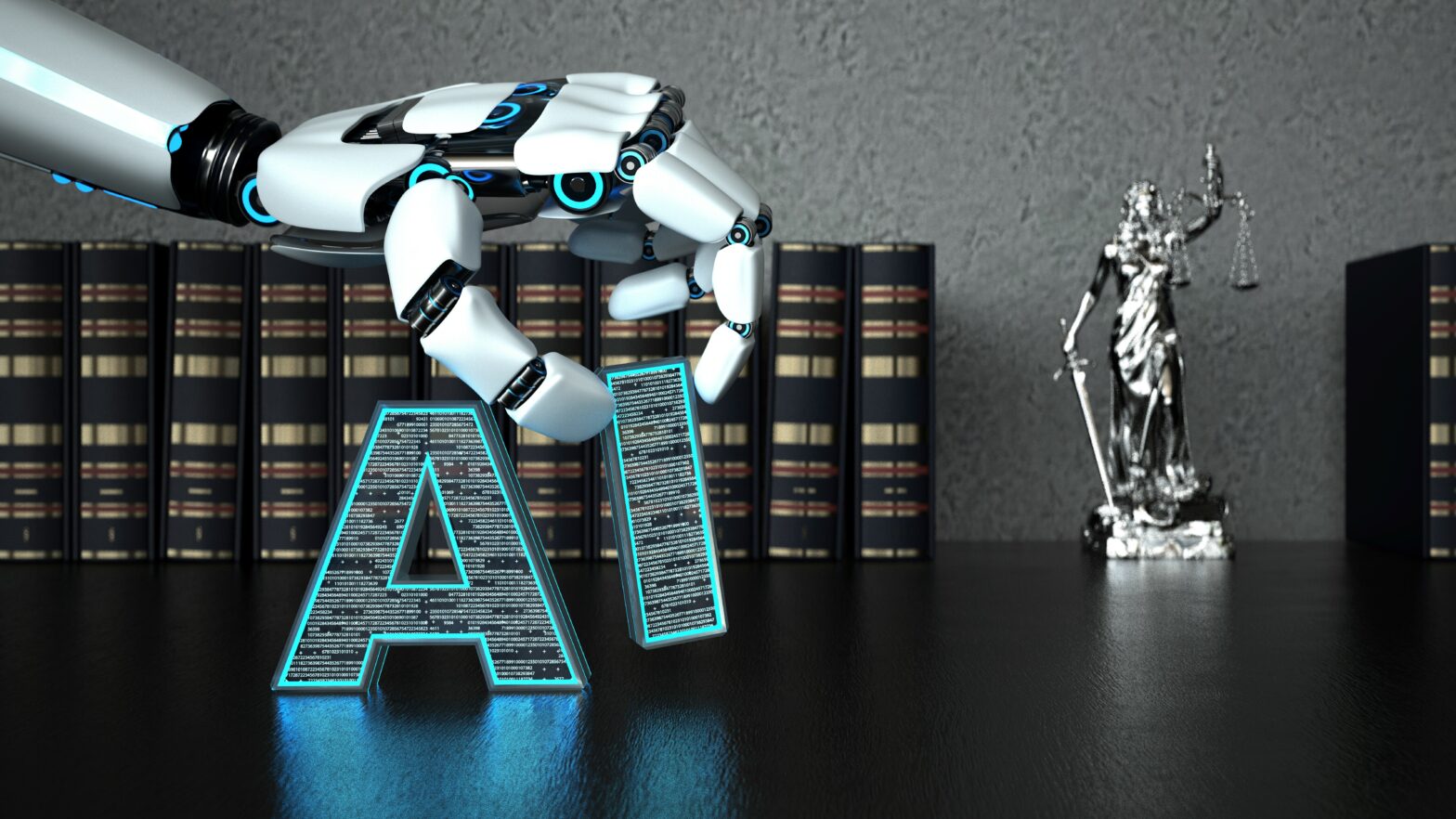Pokémon Go has been the defining activity of summer 2016 on both sides of the Atlantic. For many children and adults alike the mobile game has become an obsession, and catching all of those pesky Pokémon is a constant preoccupation.
The game encourages players outside to catch Pokémon as if they were among us in the streets and parks. However, the huge popularity of the game has had one impact its creators didn’t intend: as players wander unfamiliar towns and streets, exploring new territories in search of new colourful characters, the risk of personal injury has risen exponentially. And, of course, where the risk rises, so too do the personal injury claims.
However, the big question around this issue is whether the game’s developers or its players would be at fault. Niantic has wisely put a number of measures in place within the game – such as safety warnings – to protect themselves against any such claims.
See also: The financial data divide: regulations are not having the desired effect
Pokémon Go and its impact on personal injury law is just one example of how various technologies have placed new demands on how legislation is designed and applied in a wide number of fields. Here are a few others.
Personal injury law
Pokémon Go is by no means the first example of how technology has had a direct impact on personal injury claims. In the 1980s, the Walkman was hailed as a groundbreaking piece of new technology that would allow music lovers to enjoy their favourite songs on the go.
However, as people were suddenly deprived of one of the main tools humans use to safely navigate the world – their sense of hearing – the term ‘Walkman effect’ came into use, referring to Walkman users’ new propensity for accidents while attempting to move between A and B.
What Pokémon Go is to personal injury law, drones are to aviation law. Drones are, in essence, unmanned aerial vehicles that perform a number of helpful tasks and are likely to become increasingly popular in the coming years.
Aside from their widespread use in the military, drones are also frequently used by professional photographers to capture stunning images. Plus, there’s an important role for drones to play in natural disaster scenarios, or mountain rescue situations, where they can be used to scope a landscape from above without further risk to human life.
But it seems that their most common use will eventually be more prosaic – drones are said to be the future for online shopping delivery. This new technology is major news for those who shape our aviation law and keep our skies safe.
Data protection law
Data protection law is the legislation that protects the privacy of living people. It means that organisations that hold specific information about us must process and protect the data in specific ways.
Whether this is obviously sensitive information about medical or financial matters, or simply stored details about the products we buy or the websites we visit, we should expect our rights to be protected.
However, information technology has provided new ways of storing and processing data, and the internet has provided a game-changing way of disseminating it. For this reason, the last few decades have presented major challenges for those tasked with shaping our data protection laws.
With these examples it’s clear how legislation must constantly evolve in order to keep up to date with fast-moving technological advances. However, technology, and particularly the way people communicate in day-to-day life, has also had a major impact on the daily working lives of those employed within the law profession itself.
Previously, new business leads were generated at networking events, client meetings took place face-to-face and records of cases were meticulously maintained as hardcopies in packed filing cabinets. Now, all of these aspects of working life have moved online.
See also: How companies will navigate the changing legal landscape for big data
Plus, like many other professionals nowadays, solicitors and others working in the field of law have found that technology, and the new communication routes it affords, mean they are never ‘off’. Technology allows clients to access legal support from wherever they are, at any time of day.
This close interaction between technological advancement and the legal profession is, of course, not a new or isolated phenomena. However, technology has developed over the last few decades at a faster pace than ever before and, like other sectors – including education, manufacturing, leisure and travel – the law profession has had to react fast.
The law of the land can be thought of as a living entity – an enormous system that evolves and adapts alongside the society it serves. And one of the most changeable aspects of our society is the way we use technology, whether that’s the way we utilise and share information at work, the greater convenience we enjoy thanks to drones, the way we access the music we love, or the way we enjoy our leisure time with augmented reality gaming.
Sourced from Sarah Cunliffe, associate for personal injury at Access Legal, the private client arm of Shoosmiths







